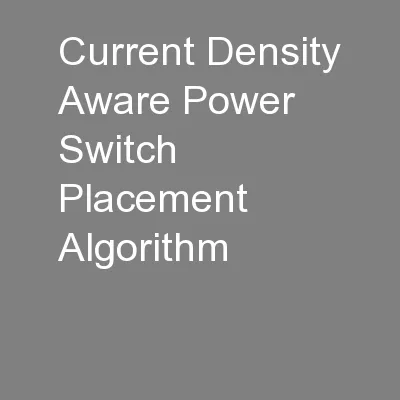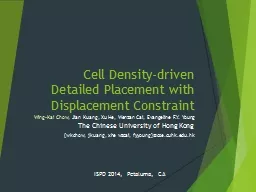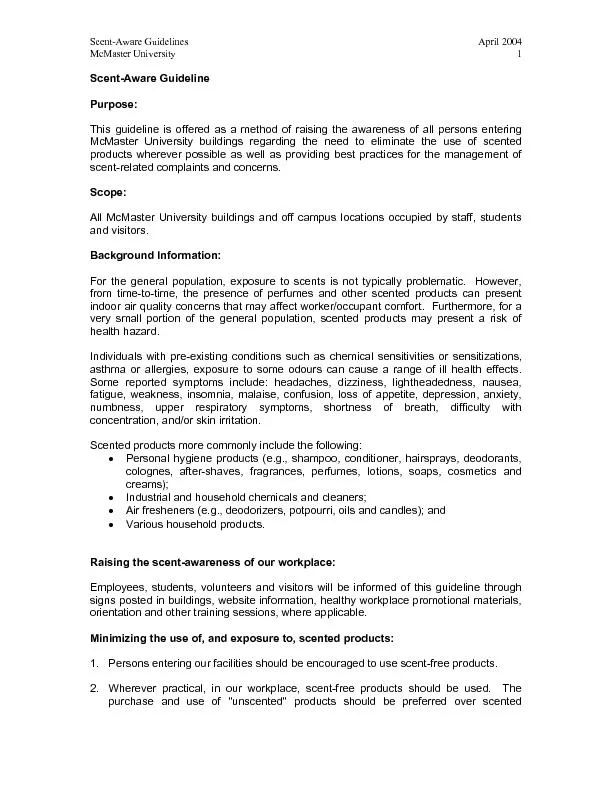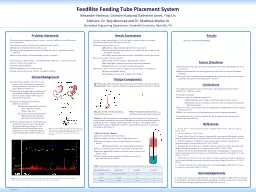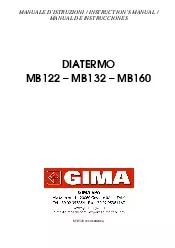PPT-Current Density Aware Power Switch Placement Algorithm
Author : natalia-silvester | Published Date : 2016-04-26
for Power Gating Designs Speaker Zong Wei Syu Dep of EE National Cheng Kung University Date 20140401 Introduction Preliminaries Problem Formulation Partition
Presentation Embed Code
Download Presentation
Download Presentation The PPT/PDF document "Current Density Aware Power Switch Place..." is the property of its rightful owner. Permission is granted to download and print the materials on this website for personal, non-commercial use only, and to display it on your personal computer provided you do not modify the materials and that you retain all copyright notices contained in the materials. By downloading content from our website, you accept the terms of this agreement.
Current Density Aware Power Switch Placement Algorithm: Transcript
Download Rules Of Document
"Current Density Aware Power Switch Placement Algorithm"The content belongs to its owner. You may download and print it for personal use, without modification, and keep all copyright notices. By downloading, you agree to these terms.
Related Documents

